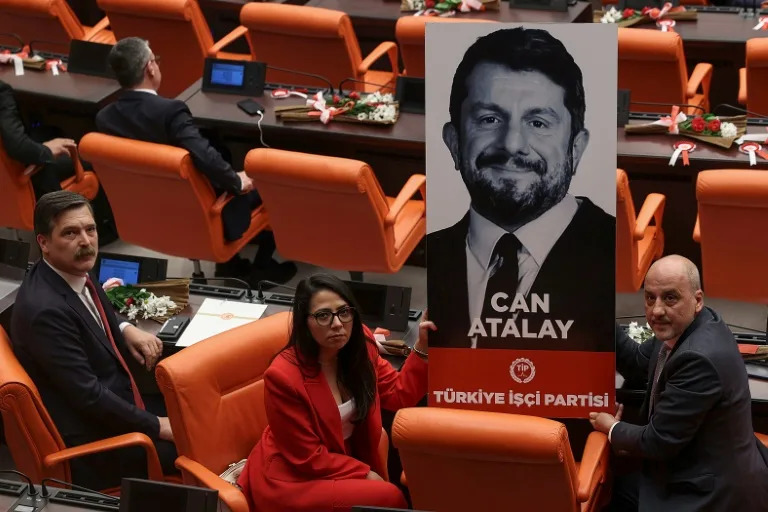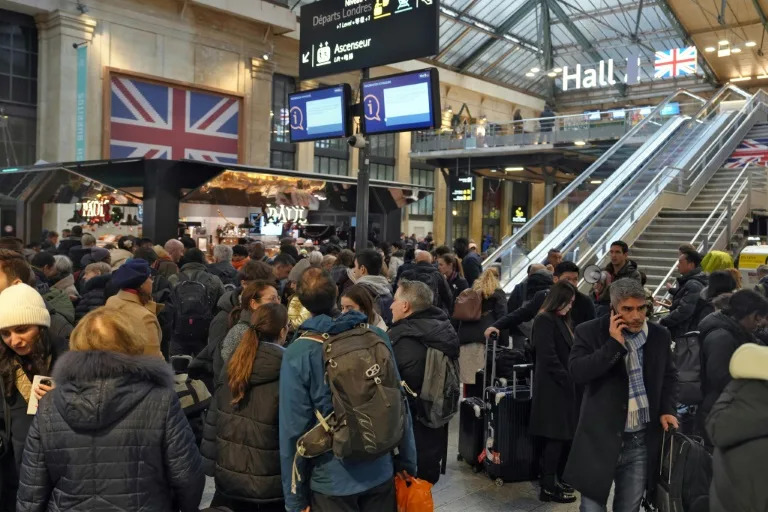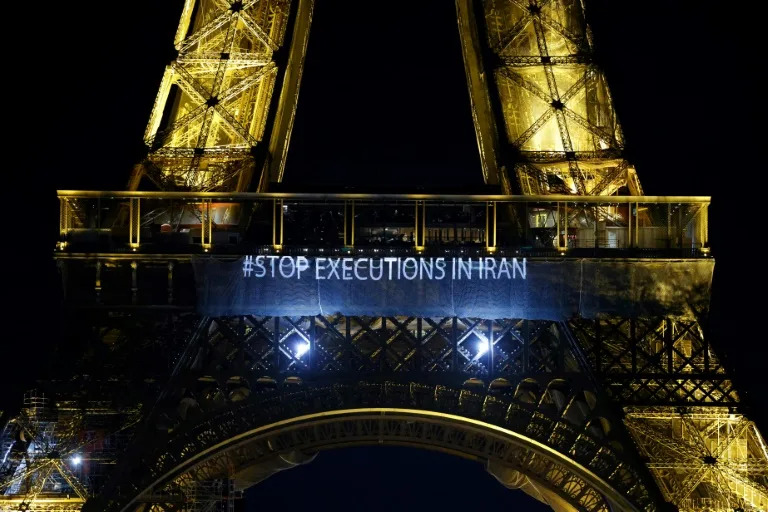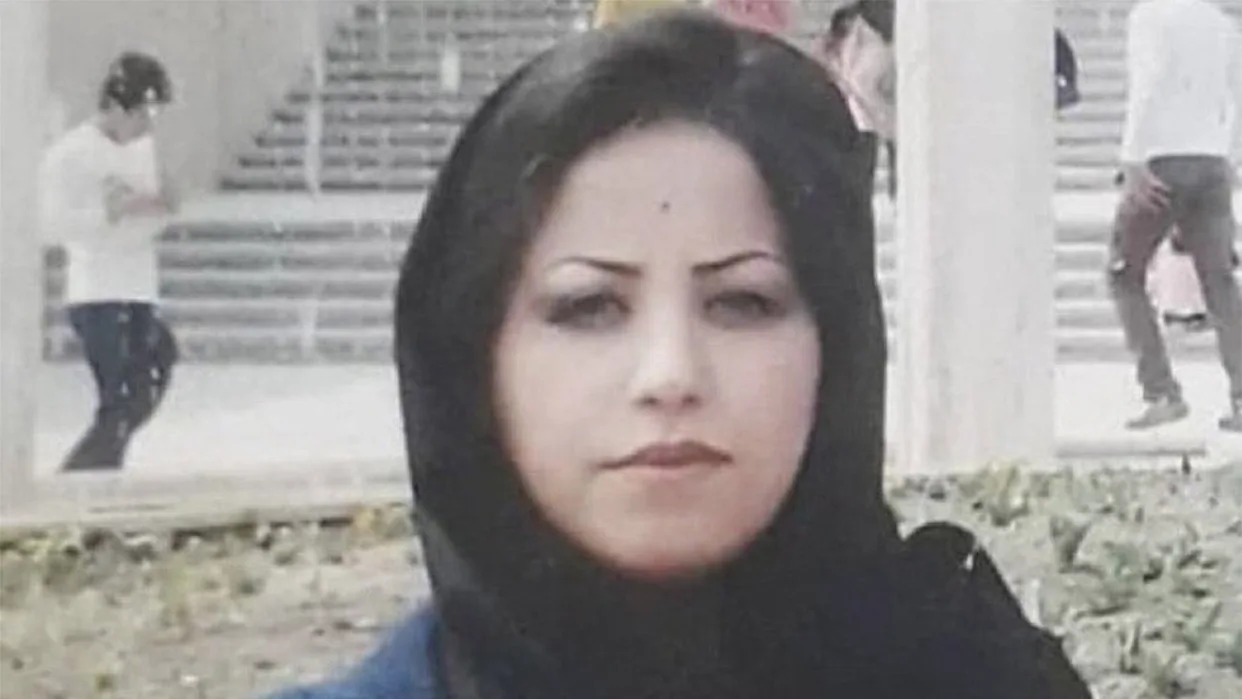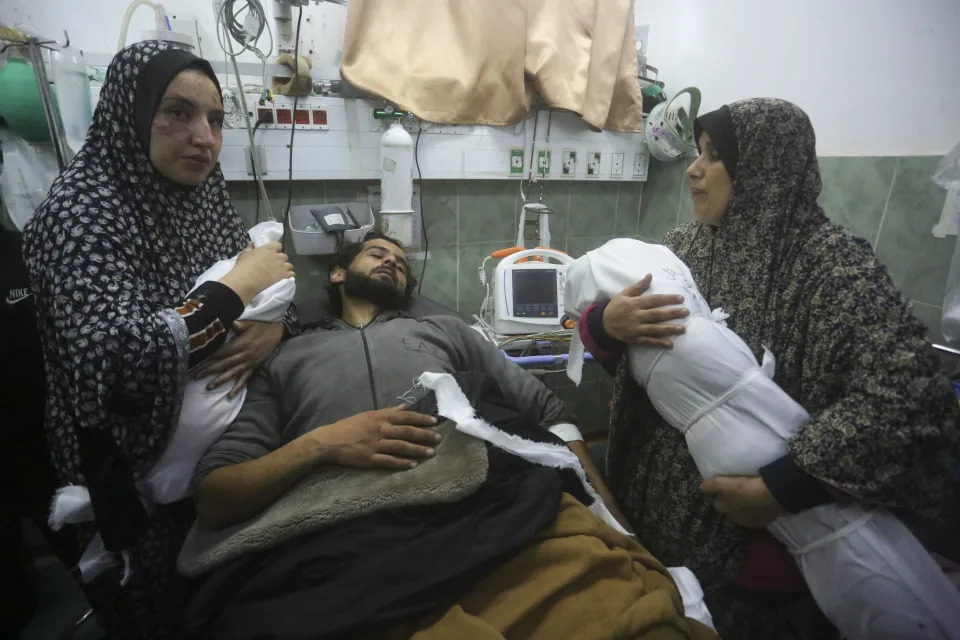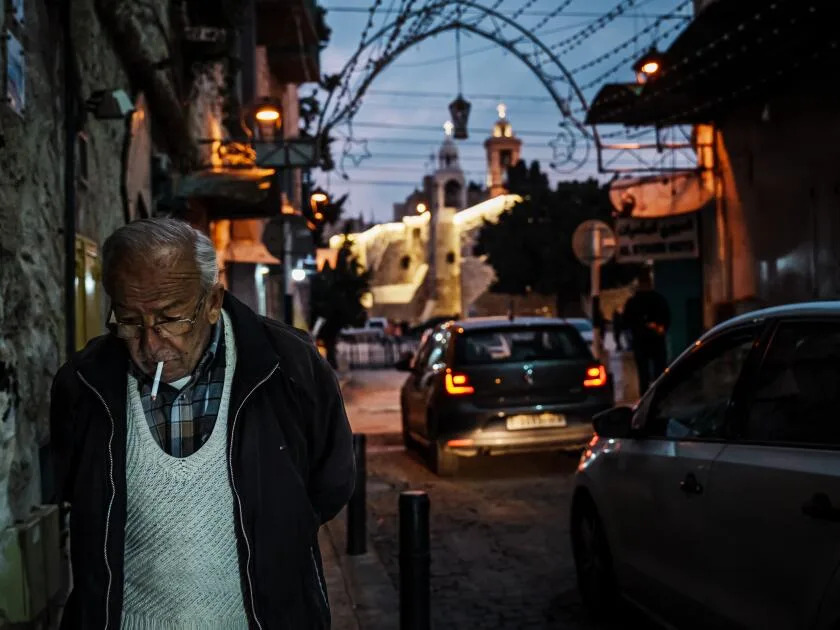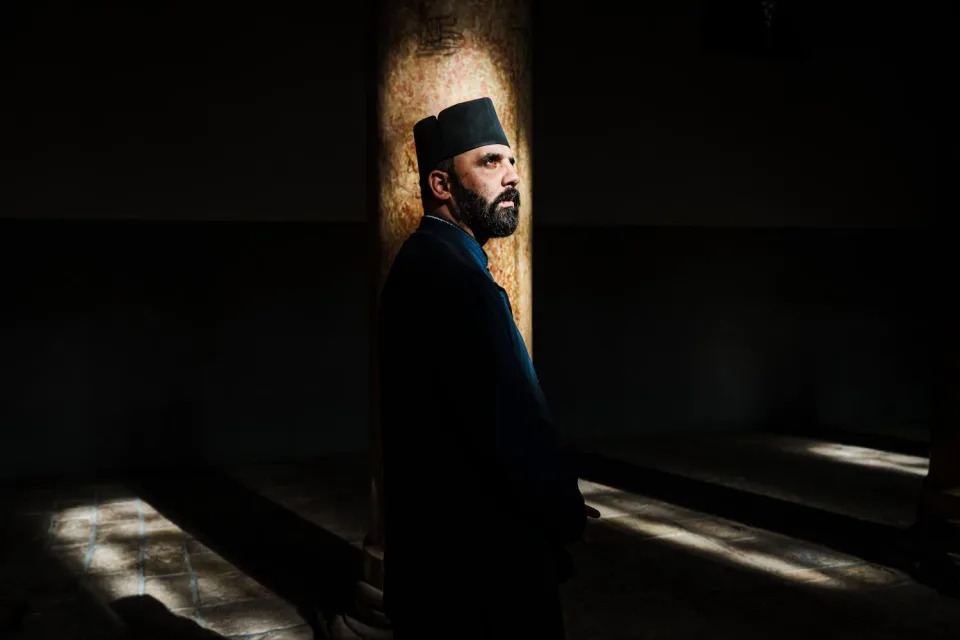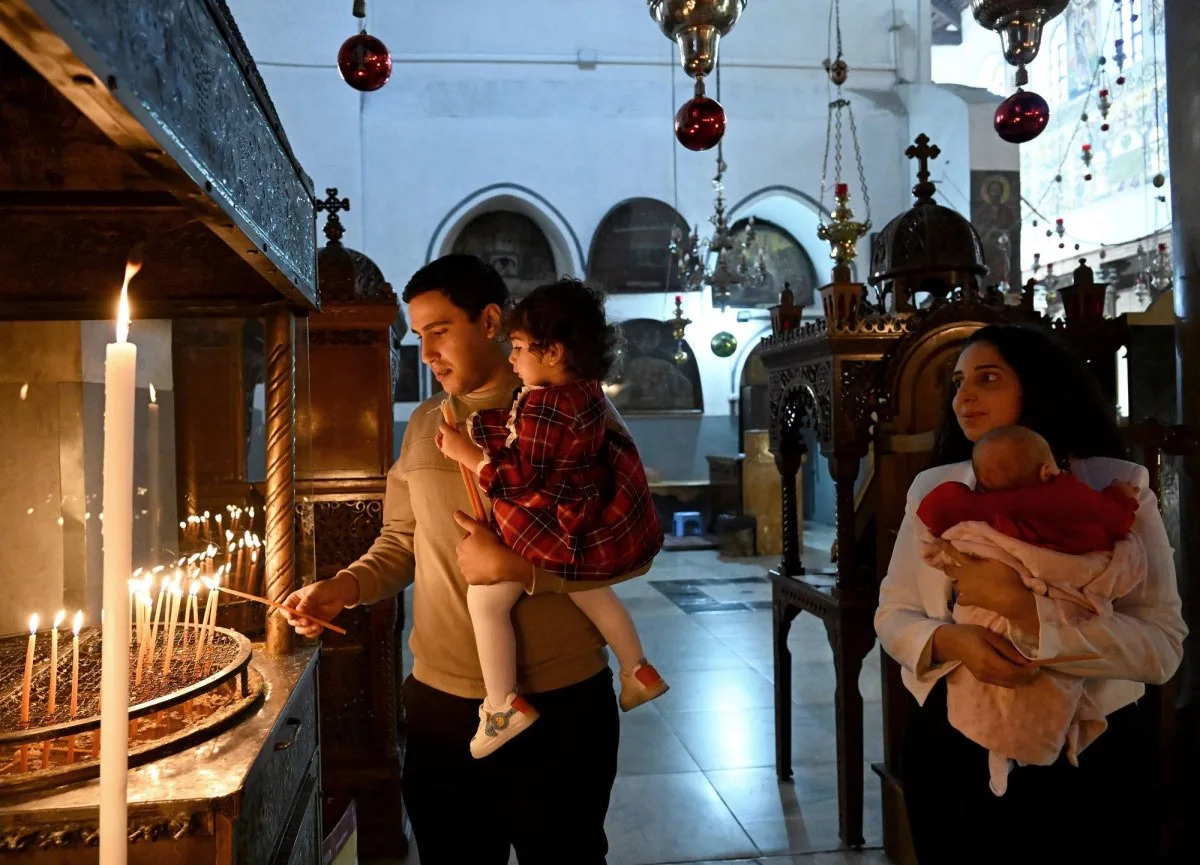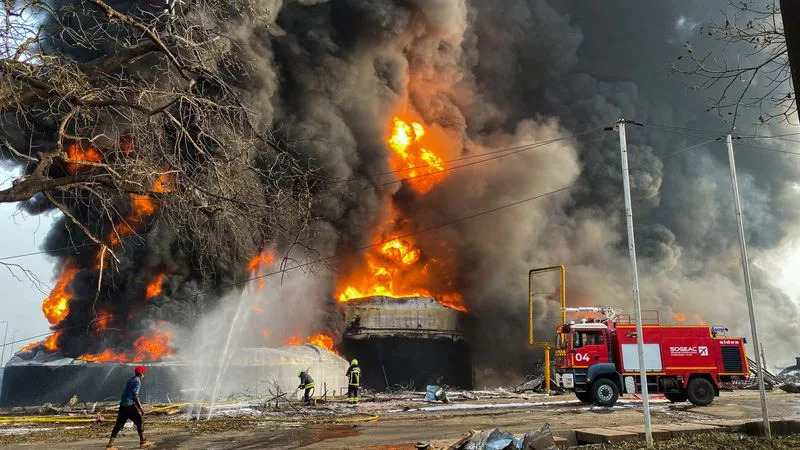Liza Featherstone
Thu, December 21, 2023

“Greta Thunberg deals a cruel blow to the Jews,” read a recent Boston Herald headline. The writer cited a long list of deadly and horrific violence committed against Israeli civilians by Hamas on October 7. “For me, amid all this,” he wrote, “it was Greta Thunberg who delivered an exceptionally cruel blow.”
Greta Thunberg? The young Swede is famous for sparking a global youth climate movement at age 15, going on strike from school every Friday to call attention to the climate crisis. Unless she has a secret life none of us know about, comparing her to the Hamas attackers on October 7 seems like a grisly trivialization of war crimes.
But it wasn’t just the tabloid right accusing the now 20-year-old activist of antisemitism. An array of supposedly respectable voices joined the outcry. The Simon Wiesenthal Center, according to its own press release, “denounces Greta Thunberg” for allegedly turning a climate rally in Amsterdam into “a pro-Hamas event … facilitating the pollution of cancerous and harmful tropes against Jews on the streets of a European capital where Jews were deported and gassed by the Nazis.” The SWC even accused Thunberg of legitimizing “genocide when antisemitic violent hate crimes surge across Europe.”
In a story titled, “An Idol Loses Her Way,” the German magazine Der Spiegel asked, “Is Greta Thunberg antisemitic, or incredibly naïve?” In that article, Germany’s commissioner for Jewish life and the fight against antisemitism said Thunberg had made statements that were “implicitly antisemitic.” The Israeli government itself mocked Thunberg on Twitter and, in a creepy authoritarian move, removed any reference to her from all school curricula.
What crime of Thunberg’s has elicited this outrage? Holding a sign saying, “I stand with Gaza,” calling for a cease-fire on social media, and sharing the podium at a rally with a Palestinian activist.
The Israeli state has avidly promoted the narrative that opposition to the Israeli occupation of Gaza—or even to Israel’s slaughter of more than 15,000 civilians since Hamas’s terrorist attack of October 7—is antisemitic. But that view is wrong. It’s also opposed by many Jewish intellectuals, activists, and organizations, who along with Middle Eastern immigrants have been some of the strongest voices in the United States in condemning Israel’s occupation of Gaza. One such organization, Jewish Voices for Peace, has called the conflation of anti-Zionism with antisemitism “dangerous,” explaining that equating the two only serves to help Israel’s government “avoid accountability for its policies and actions that violate Palestinian rights.” There’s nothing antisemitic about Thunberg’s call for a cease-fire and solidarity with Gaza.
Particularly hysterical—or opportunistic—detractors made much of a plush toy octopus who made a cameo in one of Thunberg’s photos. The octopus can be used as an antisemitic symbol: In cartoons in the late nineteenth and early twentieth century, and in some Nazi propaganda, these animals were a metaphor for Jewish influence and conspiracy. But the association seems to have been unintentional on Thunberg’s part; she said that the toy held significance for the contemporary autistic community. (Thunberg is autistic.) She apologized for that misunderstanding and removed the offending cephalopod from her posts. To widespread outrage, though, Thunberg reposted her solidarity with Gaza message.
Thunberg’s stance on Gaza has even been criticized by other climate activists, in Israel and in Germany, both countries in which criticism of Netanyahu’s slaughter of the Palestinians has been effectively criminalized. One hundred Israeli climate activists signed a letter calling Thunberg’s statements of solidarity with Palestinians “appallingly one-sided, ill informed,” and “superficial.” Some have even accused Thunberg of dividing the climate movement by speaking out on Gaza. A writer at Forbes declared that Thunberg’s position on Palestine “harms the overall climate change movement.”
Yet Thunberg’s stance is an eminently reasonable one: The slaughter of civilians must end, and the occupation of Gaza must end. And while it’s clearly a divisive position for the climate movement in some places, in much of the world solidarity with oppressed and starving people is popular. In the global south, where the worst impacts of climate change are already evident, Israel and the United States are widely criticized for their treatment of the Palestinians. Even in the U.S. and Europe, many young people share Thunberg’s view, and they’re not alone; as Biden admitted at a recent fundraiser, support for Israel’s ongoing massacre is cooling.
Besides, standing up against the genocide of the Palestinians is hardly a distraction from the climate movement. Gaza is a climate issue. Palestinians are among the most vulnerable people in the ongoing climate crisis, partly because of the way the Israeli government cruelly restricts the water and electricity supply. And as my TNR colleagues have reported, occupation and war are worsening warming in the region, as bombs destroy the soil and the military and settlers uproot and burn Palestinian olive trees. Gaza now faces a grave environmental crisis as well as a humanitarian one. The secretary-general of the International Federation of Red Cross and Red Crescent Societies said as much at the U.N. climate talks in Dubai.
The reaction to Thunberg’s humane stance demonstrates the extent to which the alleged antisemitism of the Palestinian cause has become a wedge issue for the right against beloved icons of liberalism and the left, one that easily deranges and confuses onlookers. The accusations are ridiculous, and the fact that they have any traction at all shows how many have taken leave of their senses on this matter.
Such slanders are best handled as Thunberg did: by apologizing when misunderstanding ensues and doubling down on the message of solidarity and peace. It’s not Thunberg’s first time being vilified by the right; her climate message has been triggering to right-wing men, including Donald Trump himself. But she’s offering a master class in how to respond.
